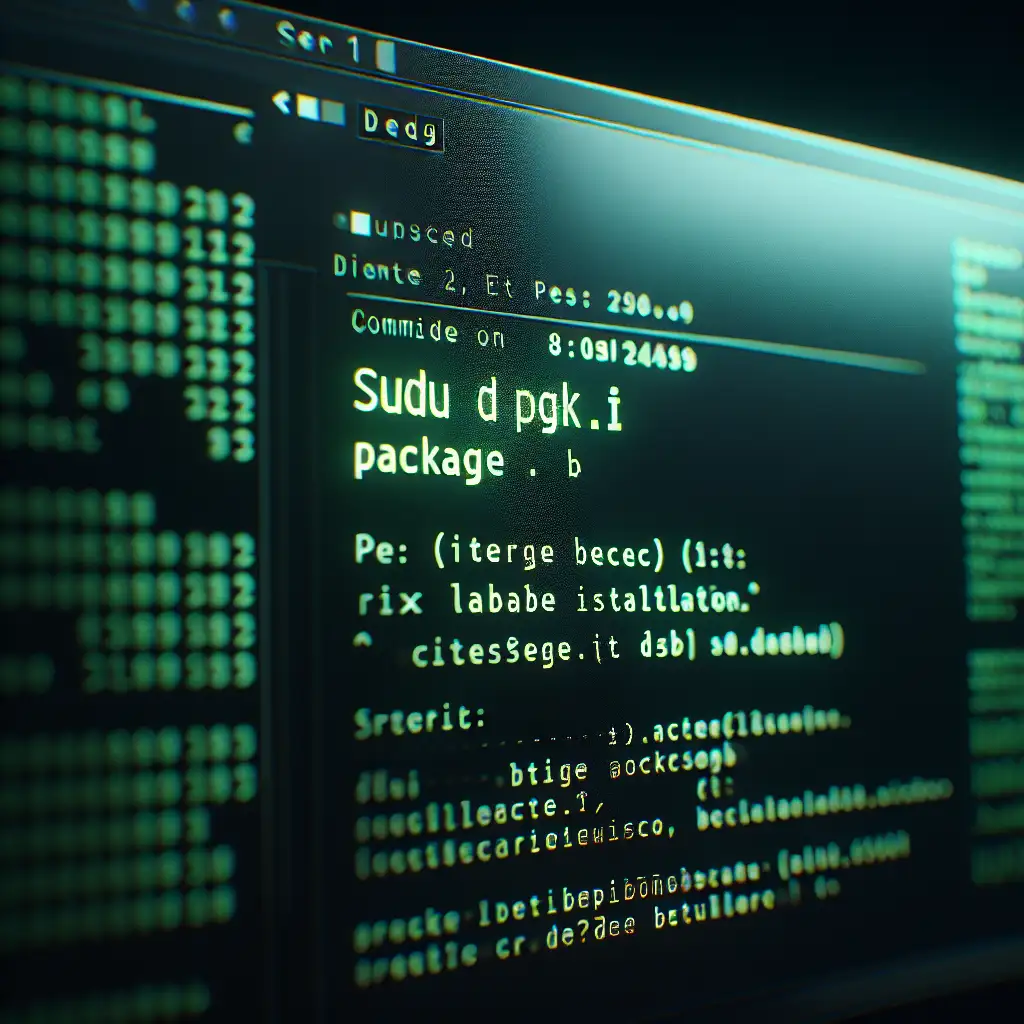Mastering Debian Package Installation: How to Confidently Install .deb Files on Linux
Forget the GUI installers and snap blind faith—get under the hood and learn how to install .deb files like a pro. This hands-on approach reveals package management nuances most users miss, demystifying Linux software installation and troubleshooting.
Installing .deb files is a foundational skill for managing software on Debian-based Linux distributions such as Debian itself, Ubuntu, Mint, and many others. Understanding how to handle these packages efficiently not only boosts your system control but also reduces dependency headaches and empowers you beyond simple app store installs.
What Is a .deb File?
A .deb file is a Debian package archive—a compressed file containing the binaries, metadata, and scripts that software needs to install on your system. Unlike apps installed through a graphical app store or Snap packages, .deb files give you direct control over installing software downloaded from third-party vendors or older versions that might not be available through official repos.
Why Should You Learn to Install .deb Files Manually?
- Greater control: Bypass app stores or Snap packages when you want specific versions or apps unavailable elsewhere.
- Improve troubleshooting: Knowing how installation works under the hood means easier fix-ups when things go wrong.
- Handle dependencies better:
.debtools help resolve missing libraries or conflicts explicitly.
How to Install .deb Files on Debian-based Systems
1. Using dpkg
The classic method is with dpkg, Debian’s low-level package tool.
sudo dpkg -i filename.deb
-istands for install.- Replace
filename.debwith your actual file path.
Example:
sudo dpkg -i google-chrome-stable_current_amd64.deb
Common Issue: Dependency Errors
Sometimes you’ll see errors like:
dpkg: error processing package google-chrome (--install):
dependency problems - leaving unconfigured
This happens because dpkg does not automatically resolve dependencies.
Fix it by running:
sudo apt-get install -f
The -f option means “fix broken,” which will download and install missing dependencies.
2. Using apt
Since newer versions of apt support local .deb files, this tool can automatically resolve dependencies.
sudo apt install ./filename.deb
Note the ./ or full path—it tells apt this is a local file.
Example:
sudo apt install ./zoom_amd64.deb
Advantages of this method:
- Automatically resolves dependencies.
- Provides better output messages.
- Easier for beginners than chaining commands.
3. Using GUI Tools (Optional)
If you prefer graphical methods, double-clicking the .deb file usually launches your distribution’s Software Center or GDebi installer (if installed). While convenient, these often lack the feedback and troubleshooting detail terminals provide.
To install GDebi (a lightweight GUI installer that handles dependencies well):
sudo apt-get install gdebi-core
gdebi filename.deb
Checking Installed Packages
Want to confirm your new package is installed?
dpkg -l | grep package-name
Or specifically query it:
dpkg -s package-name
Example:
dpkg -l | grep chrome
Uninstalling .deb Packages
Remove a package while keeping config files:
sudo dpkg -r package-name
Remove including config files:
sudo dpkg -P package-name
Example:
sudo dpkg -r google-chrome-stable
Summary Cheat Sheet
| Command | Purpose |
|---|---|
sudo dpkg -i file.deb | Install local deb file |
sudo apt-get install -f | Fix broken deps after dpkg |
sudo apt install ./file.deb | Install deb with deps resolved |
| `dpkg -l | grep packagename` |
sudo dpkg -r packagename | Remove a package |
Final Tips
- Always download
.debfiles from trusted sources. - When in doubt about missing libraries after an install, run
sudo apt-get install -f. - Using
aptfor installation is often easier for handling dependencies than rawdpkg. - Explore inspecting packages pre-install using tools like
dpkg-deb --info filename.deb.
Mastering .deb installation supercharges your Linux experience by putting you in command of exactly what software goes on your system—and how it behaves afterward. Next time you grab a shiny new .deb, you’ll know exactly what to do.
Happy installing!
Feel free to drop questions or request tips in the comments below—Linux mastery is a journey best taken together!
